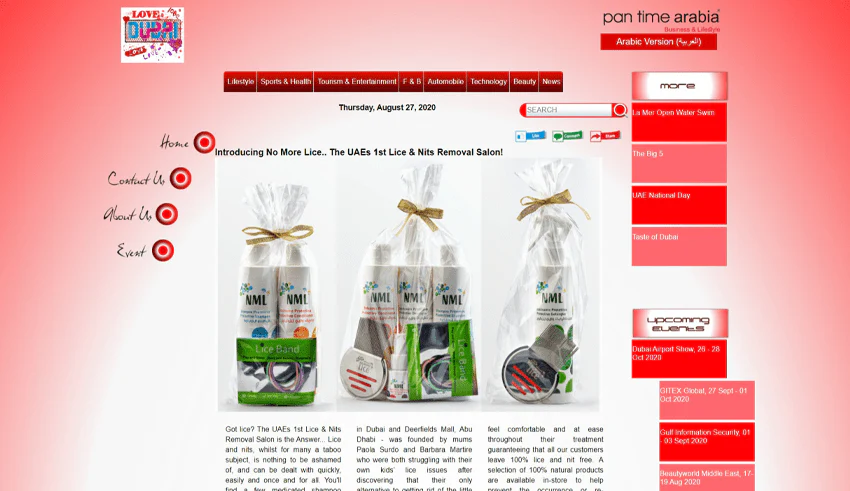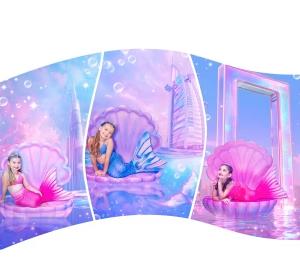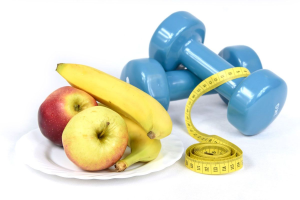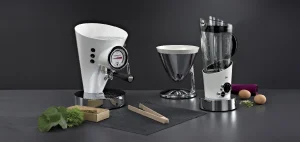What Precautions Should You Take During Lice Treatment For Kids?

Treating head lice in children can be a challenging experience, but taking the right precautions can ensure effective treatment while minimizing any potential risks. Below are essential precautions to consider when considering lice treatment for kids.
Consult a healthcare professional:
Before starting any lice treatment, it’s important to consult a healthcare professional. They can confirm the presence of lice and recommend the most suitable treatment options based on your child’s age, health, and the severity of the infestation. Professional advice can help you avoid ineffective products and ensure you choose a safe solution.
Read labels carefully:
When selecting a lice treatment product, carefully read the label for ingredients and usage instructions. Over-the-counter shampoos often contain insecticides like permethrin or pyrethrins, which are effective but can cause allergic reactions in some children. Ensure the product is appropriate for your child’s age and follow the directions precisely to avoid misuse.
Conduct a patch test:
If your child has sensitive skin or a history of allergies, conduct a patch test before applying the lice treatment. Apply a small amount of the product on a small area of their skin, such as the inside of the wrist, and wait for 24 hours to check for any adverse reactions. If irritation occurs, do not use the product and consult a healthcare professional for alternatives.
Avoid eye contact:
When applying lice treatment, take care to avoid contact with your child’s eyes. Many lice shampoos can cause irritation or discomfort if they come into contact with the eyes. Use a towel to cover the child’s shoulders and prevent drips. If the product accidentally gets in their eyes, rinse thoroughly with water and seek medical attention if irritation persists.
Supervise application:
Supervise your child during the application of lice treatment. Ensure they understand the importance of keeping the product on for the recommended duration and not washing it out prematurely. This supervision can help prevent accidental ingestion of the product and ensure proper coverage of the scalp and hair.
Use a fine-toothed nit comb:
After treatment, use a fine-toothed nit comb to remove dead lice and nits. This step is vital, as any remaining nits can lead to re-infestation. Comb through the hair section by section, ideally while the hair is damp, as this can make it easier to spot and remove nits.




